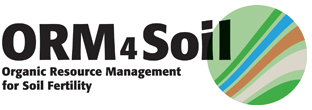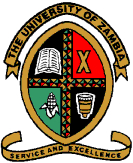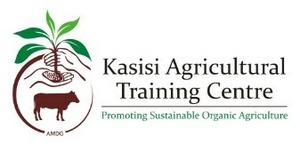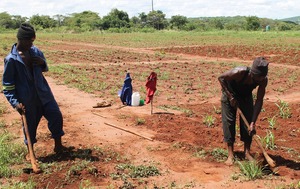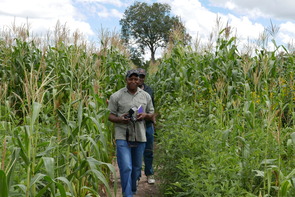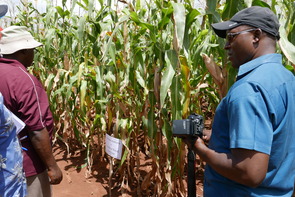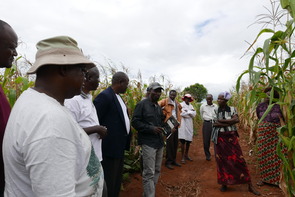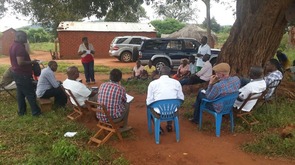National Coordination: Dr. Benson H. Chishala (UNZA)
Intervention Areas:
- Kasama: Humid sub-tropical; Mixed crops, cassava, maize
- Chipata: Tropical wet; Mixed crops, maize, livestock
University of Zambia
Contact person: Dr. Benson Chishala
Kasisi Agricultural Training Center
Contact person: Paul Desmarais
Zambia
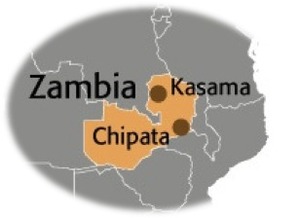
Agriculture is the main economic activity for most rural population in Zambia with close to 90% of the rural population engaged in the sector. The use of soil fertility management practices is generally low due to, among other factors, lack of training and reliance on heavily subsidized mineral fertilizers.
Methods such as agroforestry and the traditional practice of fundikila (a system of on-field composting using local organic resources) are among those which can optimize the use of organic resources and increase soil fertility.
Kasama
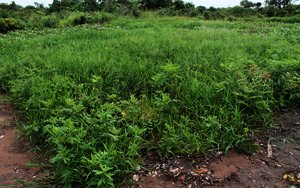
Location and Climate: The Kasama site is located at 10°12'48.2"S 31°11'05.8"E in the Kasama district of the Northern Province of Zambia. The site lies within the zone with the highest rainfall in the country, of around 1200 mm per year.
Main crops: Maize, coffee, groundnuts, beans, cassava. Minor crops include sorghum, finger millet, soybeans, sweet potato, rice, sunflower, bambara nut and different vegetables. The main livestock includes pigs, sheep, goats, guinea fowls and chicken.
Chipata
Location and Climate: The Chipata site is located at 13°38'10.8"S 32°38'41.0"E in the Chipata district of the Eastern Province of Zambia. The area has a mean annual rainfall of 800 to 1000 mm per year.
Main crops: Maize, cotton, groundnuts, paprika, cassava, beans. Minor crops include sweet potato, castor, cowpeas, sunflower and different vegetables. The main livestock includes cattle, pigs, sheep, goats and chicken.
Field trials
The effect of alley cropping with leguminous plants in combination with organic and mineral fertilizers (Chipata); and the performance of traditional and modified fundikila in combination with alley cropping and organic and mineral fertilizers (Kasama)
The selected leguminous plants (Tephrosia, sunn hemp, pigeon pea) for alley cropping are used as permanent structures in the field and pruned during the season to reduce competition. The combination with manure and mineral fertilizer at half rate were also tested. In the Kasama site, a modified fundikila system (a local traditional practice with elements of improved fallow and green manure) with velvet beans instead of the natural vegetation was also implemented.
Preliminary results seem to favour modified fundikila and the combination of organic and mineral inputs as compared to the conventional system with mineral fertilizer alone. In the Chipata site, the combination of manure with half rate of mineral fertilizer at start outperformed mineral fertilizer alone in the first season and was at par in the second.
Innovation Platforms
The IPs have been established in the two sites, with two meetings have been performed in both Chipata and Kasama in April, 2016.
Each IP includes farmers, agro-dealers, processors, extension services, local NGOs, among other actors. During the IP meetings, it was suggested by the members that these new platforms can act as a focus point for interventions or transfer of technologies in order to address the increase of productivity and sustainability of different value chains in both regions.
As the IP process matures, its setup is expected to proceed to the regional and national levels, engaging different stakeholders and policy makers in an exchange with the ambitious aim to bring soil fertility into the national agenda for agriculture.
 This website was archived on November 30, 2022 and is no longer updated.
This website was archived on November 30, 2022 and is no longer updated.
